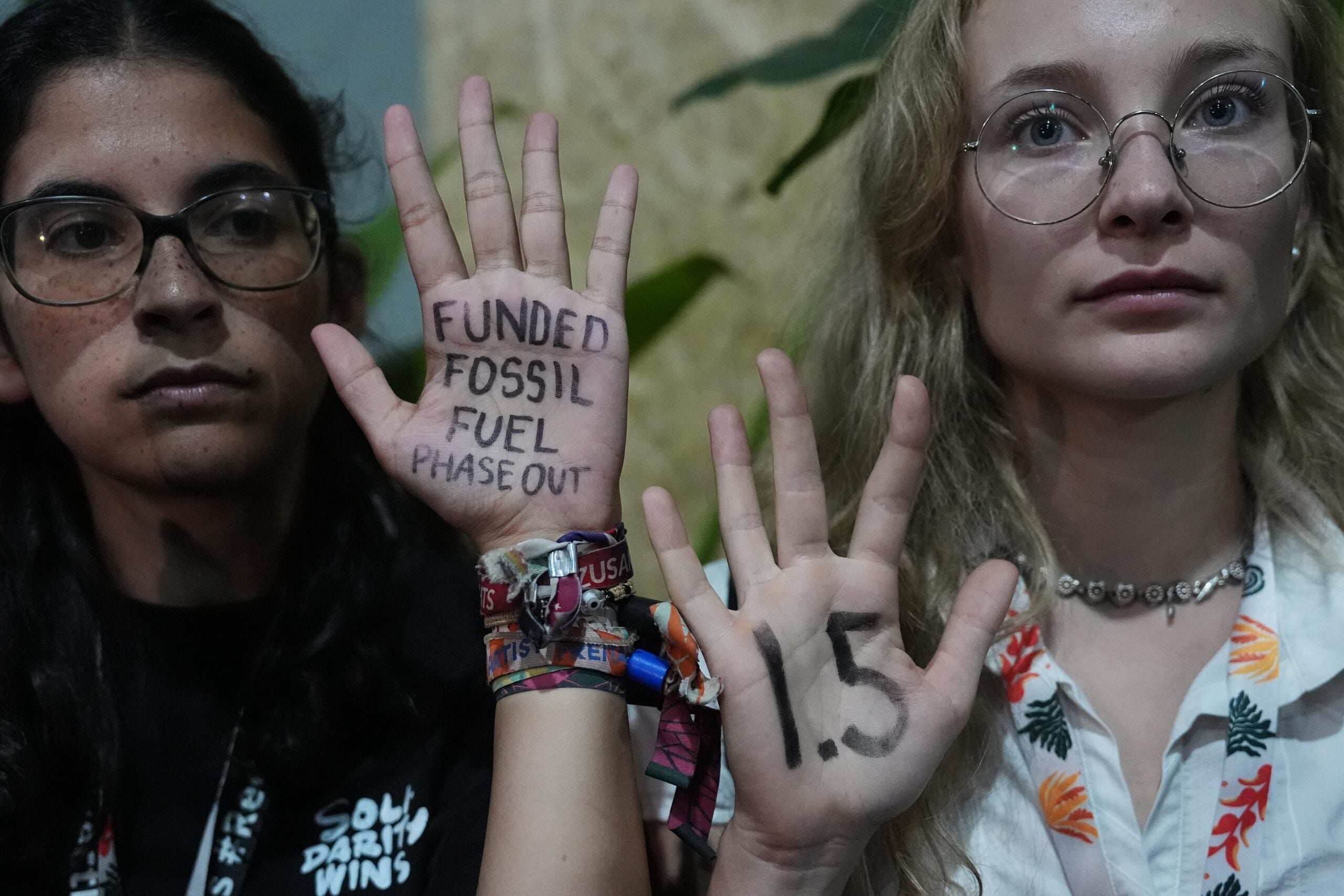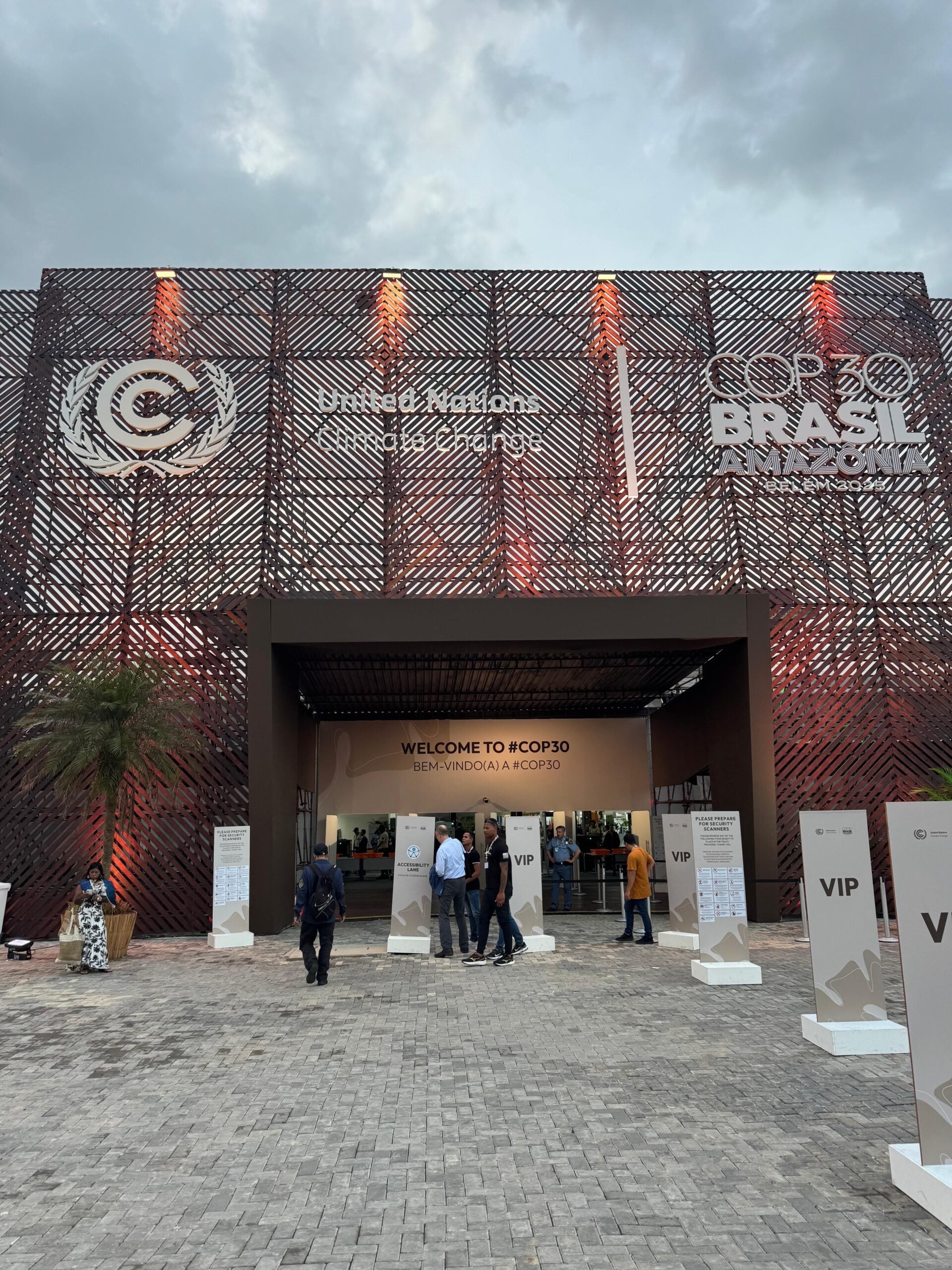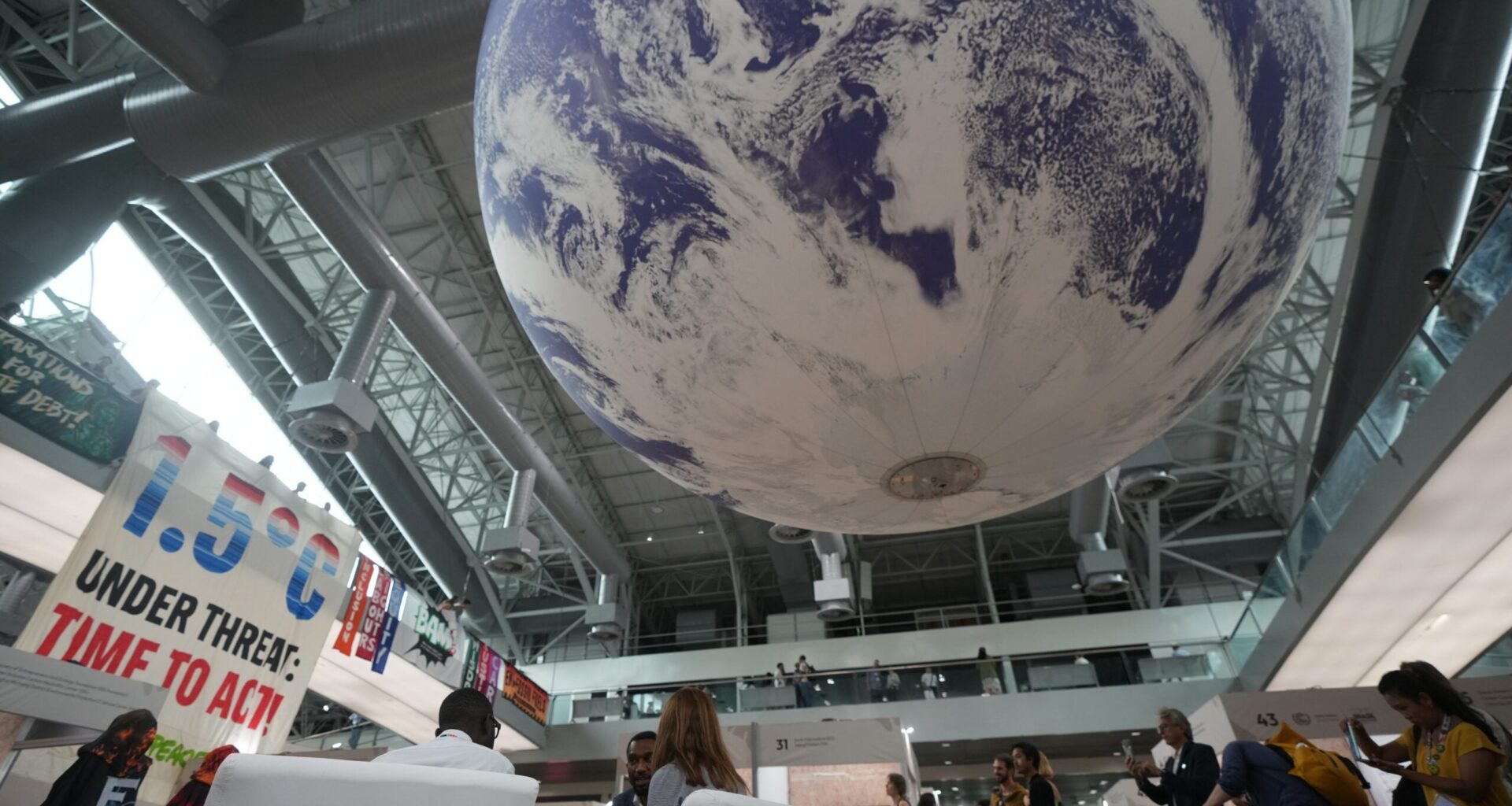A new Insight Report published by The State of Carbon Dioxide Removal shows pledges made by most G20 countries to remove carbon dioxide from the atmosphere are falling short.
The State of Carbon Dioxide Removal is a collaboration of scientific institutions from Europe and the U.S., including the University of Wisconsin-Madison. The organization published the report ahead of the latest annual United Nations climate summit, known as COP30.
Greg Nemet is an author of the report and a professor in the La Follette School of Public Affairs at UW-Madison. Nemet said countries need to be transparent and rapidly scale carbon dioxide removal technologies if they will meet their future climate goals.
News with a little more humanity
WPR’s “Wisconsin Today” newsletter keeps you connected to the state you love without feeling overwhelmed. No paywall. No agenda. No corporate filter.
Although alternative energy sources and uses like solar and electric vehicles play a part in slowing climate change, carbon dioxide removal is essential, he said.
“The main pollutant for climate change, carbon dioxide, stays in the air for centuries,” he said on WPR”s “Wisconsin Today.”
“So in addition to needing to reduce emissions … we need to remove it and that’s where carbon dioxide removal comes into play.”
 Activists participate in a demonstration outside where negotiations are taking place at the COP30 U.N. Climate Summit, Friday, Nov. 21, 2025, in Belem, Brazil. Joshua A. Bickel/AP Photo
Activists participate in a demonstration outside where negotiations are taking place at the COP30 U.N. Climate Summit, Friday, Nov. 21, 2025, in Belem, Brazil. Joshua A. Bickel/AP Photo
The report states that most of the world’s leading rich and developing nations missed deadlines and made goals for removing carbon from the atmosphere that lack credibility.
As of September, the report finds, only seven G20 countries have submitted updated 2035 climate pledges, which were due in February. The countries that met the deadline are Australia, Brazil, Canada, Japan, Russia, the United Kingdom and the United States. Those that missed the deadline are Argentina, China, European Union, India, Indonesia, Mexico, Republic of Korea, Saudi Arabia, South Africa and Turkey.
The report also shows that most G20 members have not specified how much carbon dioxide removal they will deliver by 2030 or 2035. Only a handful of countries include measurable targets for carbon dioxide removal.
UW-Madison’s Morgan Edwards is another author on the report. Edwards said in a press release that transparency is key.
“Consistent, transparent reporting is essential for turning climate pledges into real progress. Without clear accounting for how much carbon removal countries are planning for, it’s impossible to assess credibility or sustain the investments needed to make these efforts succeed,” according to the statement.
 Exterior view of the entrance to the United Nations COP30 event in Brazil. Photo courtesy of Nico Fairbairn
Exterior view of the entrance to the United Nations COP30 event in Brazil. Photo courtesy of Nico Fairbairn
As part of the 2015 Paris Agreement, an international treaty, countries committed to long-term goals like limiting future global temperature rises to 1.5 C above “pre-industrial” levels.
Carbon dioxide can be removed from the atmosphere naturally in a number of ways, including planting trees and improving soil health. Other means include novel technologies like bioenergy with carbon capture and storage, or BECCS. That involves capturing carbon dioxide when biomass is converted into fuels and permanently storing it.
According to the report, the United Kingdom is the only G20 country to measure and identify ways that they’ve been using carbon removal technologies.
“(The United Kingdom) was really considered like a petrol state, where selling oil and gas was a huge part of their economy. Over the last 10 years it’s rapidly gotten serious about climate change,” Nemet said.
For instance, The UK passed the 2008 Climate Change Act, which established a long-term legally binding framework to cut carbon emissions. And last year, it turned off its last coal burning plant after depending on this fossil fuel for more than a century.
 Nico Fairbairn, head of partnerships for The State of Carbon Dioxide Removal and academic staff at UW-Madison, presenting at COP30 in Brazil. Photo courtesy of Nico Fairbairn
Nico Fairbairn, head of partnerships for The State of Carbon Dioxide Removal and academic staff at UW-Madison, presenting at COP30 in Brazil. Photo courtesy of Nico Fairbairn

